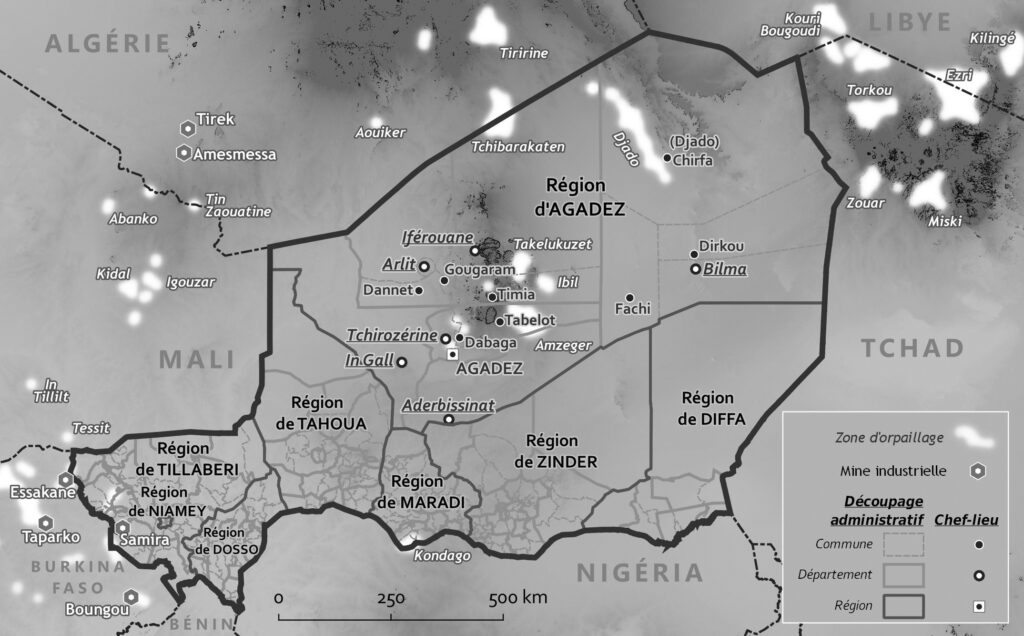In the article co-authored with Laurent Gagnol and published in Politique étrangère, we explored the complex and multifaceted phenomenon of the gold rush in the Sahel-Sahara region since 2008 and the challenges it poses to the stability of states. This surge in gold prices has made artisanal gold mining a vital livelihood for millions, especially in the least developed and emerging countries. Our findings reveal the intricate interplay of economic opportunities, geopolitical dynamics, and state responses in this sector.
Artisanal gold mining, while offering significant socio-economic benefits, especially in impoverished and marginalized areas, also poses severe challenges. States affected by this phenomenon perceive it as a source of multiple problems, including potential conflicts, environmental degradation, and various social issues. The environmental concerns are particularly acute, with deforestation and mercury pollution being prominent. Socially, the sector is marred by poor working conditions, health and hygiene issues, child labor, prostitution, and forced labor. There’s also a risk for international companies in inadvertently incorporating « conflict gold » into their supply chains, necessitating vigilance.
The Sahel-Sahara regions are particularly impacted by this phenomenon. Artisanal gold mining has become a major economic activity, employing a large number of unskilled workers and creating numerous indirect jobs in supply, trade, and transport. However, the benefits of this industry are unevenly distributed, contributing significantly to the development trajectory of impoverished regions but not equally to all its inhabitants.
One of the unique aspects of this gold rush, which we refer to as the Saharan System, mirrors the historical Amazonian garimpeiro system. Nomads in these regions play a major role, handling logistics and trade. However, most laborers come from sub-Saharan rural or urban areas. A distinctive feature of this system is the physical separation of extraction and processing activities, a necessity imposed by the scarcity of water in these regions.
Governance of this sector presents significant challenges. The informal and mobile nature of artisanal mining complicates state regulation. Great spaces – vast, sparsely populated areas – often escape effective state control. Security reports tend to overemphasize the threat of artisanal mining to state stability, overshadowing the collective organizational capacities of miners and states’ indirect control measures.
We examined several case studies to understand how different states respond to this challenge. In Niger, the state exercises control through elite patronage, local governance, and discreet monitoring. Mauritania presents a successful model of state recognition and control of artisanal mining, balancing regulation and support. In Mali, artisanal mining acts as a stabilizing factor by providing employment and reducing criminal activities, despite the environmental concerns.
In conclusion, the gold rush in the Sahel-Sahara region is a phenomenon with deep socio-economic implications. States in the region have adopted varying strategies, from repression to regulation, to manage and benefit from this phenomenon. The future of artisanal mining hinges on the ability of states to balance economic benefits with environmental protection and miner welfare. This complex scenario necessitates careful consideration and nuanced approaches to ensure sustainable development in the region.


